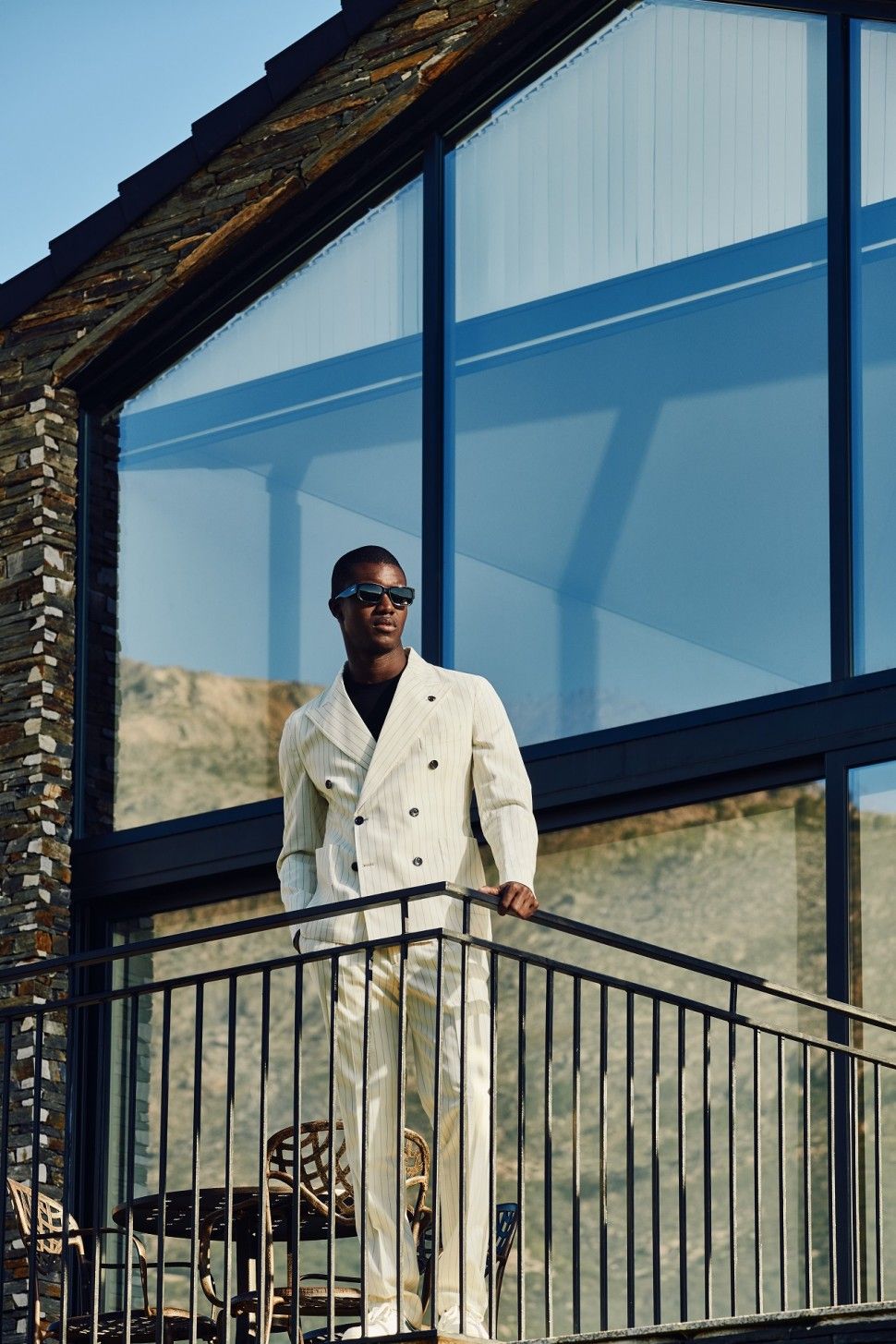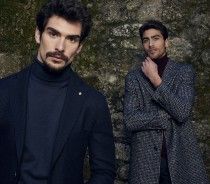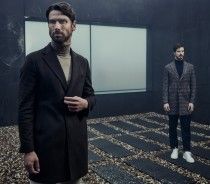Fashion is a powerful cultural force that reflects societal norms, economic conditions and personal identity. While often seen as the realm of women, men’s fashion holds an equally significant role in history. From ancient times to modern days, the evolution of men’s clothing offers a fascinating lens through wich to view changing notions of masculinity, class and identity. We will try, with this article, to explore the trajectory of masculine fashion unraveling its cultural significance and the societal shifts it mirrors.
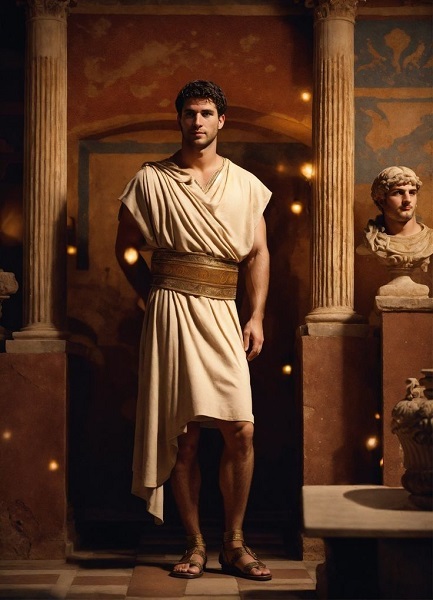
Ancient Foundations: Function and Status
In ancient civilizations, men’s clothing was primarly funtional, designed to suit their roles as hunters, warriors and laborers. Yet, even in these early societies, clothing was a marker of status. In ancient Egypt, for exemple, men of higher status wore linen kilts called shendyt, often adorned with intrincate pleating and elaborate belts, signifying wealth and power. Similarly, in ancient Rome, the toga was a symbol of citizenship and social rank, with variations in style and color denoting diferent levels of authority and influence.
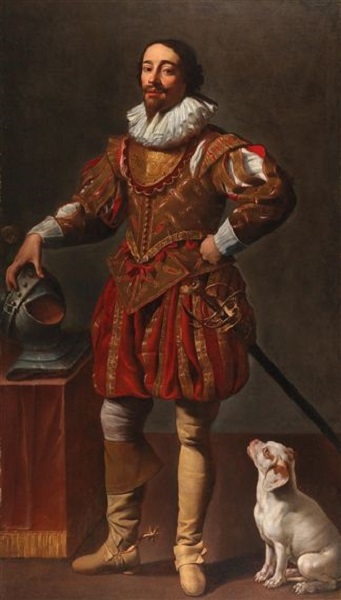
Medieval to Renaissance: The Birth of Fashion
Middle Age saw the emergence of more elaborate and differentiated clothing styles for men, influenced by feudal hierarchies and the church. The tunic, hose and cloak became staple garments with materials and embellishments reflecting social status. The Renaissance period, with its flourishing arts and culture, further revolutionized men’s fashion. Silks, velvets and brocades became popular among nobility and clothing began to emphasize male physique with fitted doublets and padded shoulders.
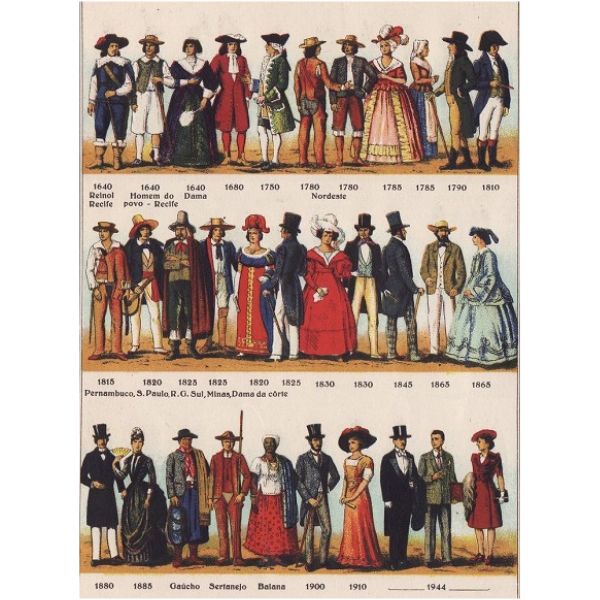
The Enlightenment and Industrial Revolution: From Aristocracy to Bourgeoisie
Enlightenment era brought about a shift towards more subdued and practical atire for men, reflecting time’s intelectual and political changes. The suit, as we recognize it today, began to take shape during 18th century. Men’s fashion became more standardized with tailored coats, waistcoats and breeches becoming the norm among emerging bourgeoisie. Industrial Revolution further democratized fashion making a variety of fabrics and ready-made clothing accessible to a broader segment of society.
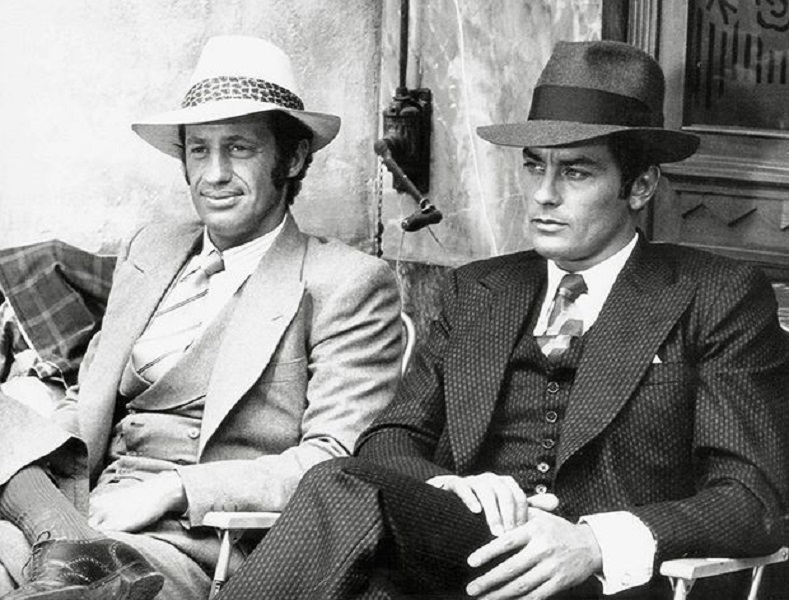
Jean Paul Belmondo, Alan Delon, Source Pinterest
The 20th Century: Revolution and Rebellion
20th century witnessed dramatic shifts in men’s fashion influenced by global conflicts, technological advancements and cultural revolutions. The early 1900s maintained the formal elegance of Victorian and Edwardian eras, but World War I aftermath brought a more relaxed and functional approach to menswear. The 1920’s introduced jazz age’s flamboyance with men donning wide-legged trousers, zoot suits and borsalinos. Mid-century saw the rise of modern suit, characterized by a clean streamlined silhouette popularized by Hollywood icons. However the 60s and 70s shattered traditional norms with the counterculture movement. Men’s fashion embraced bold colors, unconventional materials and experimental styles from the tailored mod look to the ostentatious androgyny of glam rock.
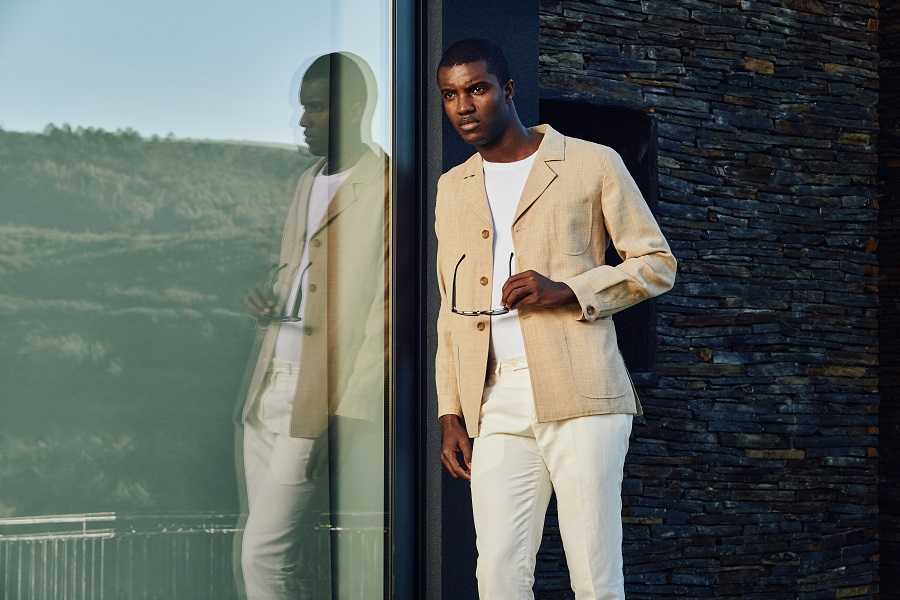
Torre Uomo Evolution Jacket, here
Contemporary Masculine Fashion: Diversity and Individuality
In this 21st century, men’s fashion is marked by na unprecedented diversity and fluidity. Traditional boundaries of masculinity are continuously being challanged and redefined. Streetwear, a blend of casual, athletic and high fashion dominates the current landscape symbolizing a move towards comfort, inclusivity and self-expression. Designers like Virgil Abloh and brands like Supreme have blurred the lines between luxury and everyday wear, making fashion more accessible and relatable.
Moreover, contemporary menswear increasingly embraces gender fluidity. The rigid dichotomies of male and female fashion are dissolving with men wearing skirts, makeup and other traditionally “feminine” items. This evolution reflects larger societal shifts towards acceptance and celebration of diverse identities.
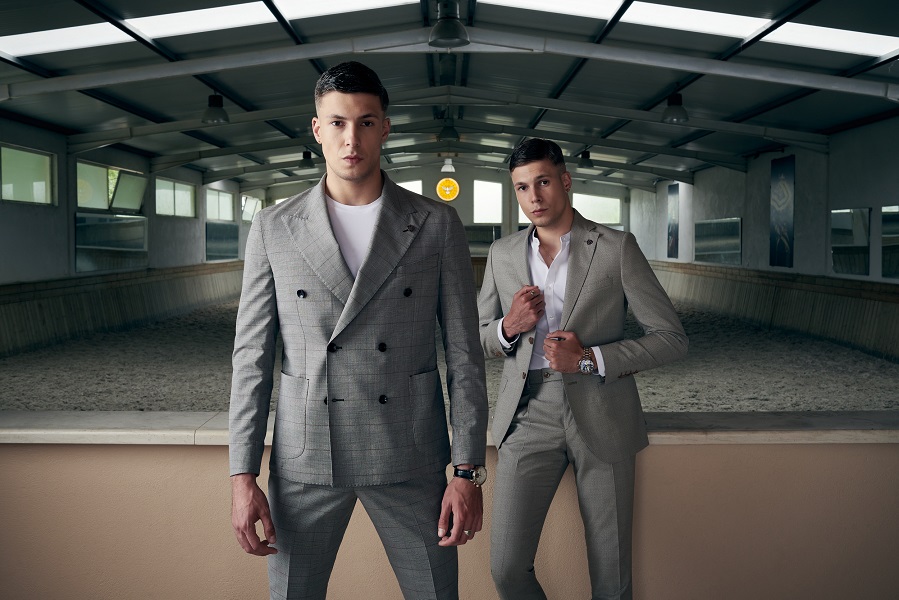
Cultural Significance and Future Directions
The evolution of men’s clothing is not just about changes in style; it is a narrative of cultural significance. Each menswear era reflects diverse societal trends from the rigidity of feudal systems to the democratization of the industrial revolution and the rebellious spirit of 20th century. Today’s fashion scenario with emphasis on individuality and fluidity reflects contemporary values of diversity, aceeptance and self-expression.
As we look to the future, it is clear that men’s fashion will continue to evolve, shaped by technological advancements, environmental considerations and ongoing cultural shifts. Sustainable fashion is gaining traction and innovations in fabric technology promise new forms of style and funcionality. What remains constant is fashion’s role as a dynamic reflection of society, identity and human creativity.
Men’s fashion, on its constant evolution, will undoubtedly remain a potent medium for decoding and understanding the compexities of our cultural fabric.





